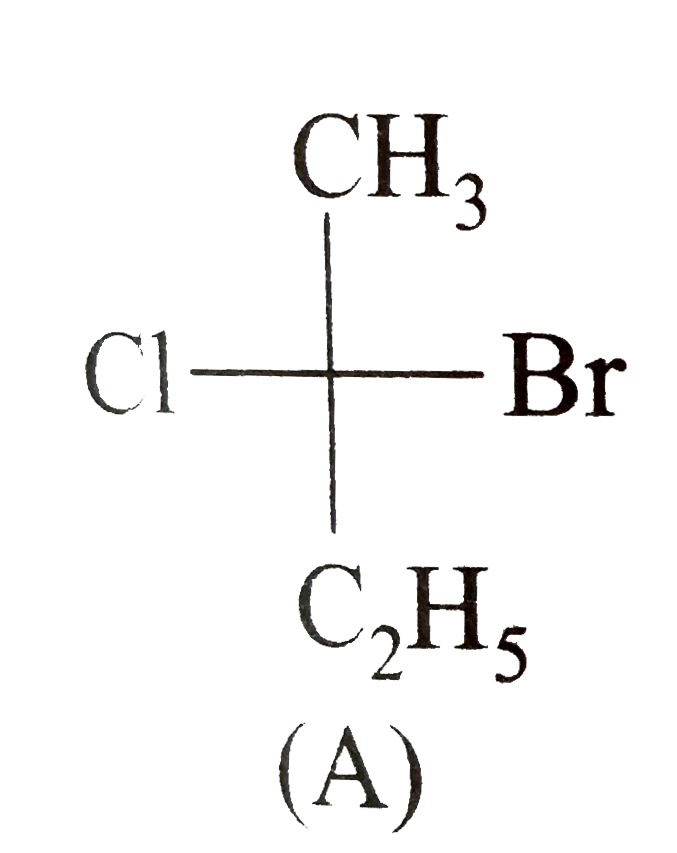Consider the following structures (A),(B),(C) and (D).




Which of the following statements is not correct?
A
(A)and(C) are enantiomers
B
(A)and(B)are enantiomers
C
(B)and(D)are enantiomers
D
(B)and(C)are identical
Video Solution
Text Solution
The correct Answer is:C
The priority order is Br>CI>C2H5>CH3.
(A) is (S)

(B) is (R)

(C) is (R)
(D) is (R)
Since both (B) and (D) have been assigned R−configuration, they are not enantiomers but are identical compounds.
|
Topper's Solved these Questions
- STEREOCHEMISTRYBook:R SHARMAChapter:STEREOCHEMISTRYExercise:Follow-up Test 2
Explore 1 Video
- STEREOCHEMISTRYBook:R SHARMAChapter:STEREOCHEMISTRYExercise:Follow-up Test 3
Explore 1 Video
- STEREOCHEMISTRYBook:R SHARMAChapter:STEREOCHEMISTRYExercise:Follow-up Test 1
Explore 1 Video
- SOLUTIONSBook:R SHARMAChapter:SOLUTIONSExercise:ARCHIVES
Explore 42 Videos
- SURFACE CHEMISTRYBook:R SHARMAChapter:SURFACE CHEMISTRYExercise:Archives
Explore 18 Videos
Similar Questions
Knowledge Check
Consider the following structure (A) (B) (C ) and (d )



 AP and Q are identicalBp and Q are diastereomersCP amd Q R are enantiomersDP and Q are enantiomers
AP and Q are identicalBp and Q are diastereomersCP amd Q R are enantiomersDP and Q are enantiomersWhich of the following statement(B) is/are correct?
AIf oscillation dies due to air resistance, this type of oscillation Is known as forced oscillationBIf oscillations are forced to continue their oscillations, oscillation Is known as forced oscillationCBoth (1) and (2) are correctDBoth (1) and (2) are IncorrectConsider the following structures (I), (II), (III) and (IV).

Which of the following statements is not correct?AII and III are identicalBI and II are enantiomersCI and III are enantiomersDII and IV are enantiomers.
Consider the following configuration (A),(B) and (C).
(A)
Which of the following statements is correct?
View SolutionGiven a+b+c+d=0. Which of the following statements(s) is (are) correct?
View SolutionFor the reaction
A+B→2C+D which of the following statements is/are correct?
View SolutionFor the reaction of 4A+B→2C+D.. Which of the following statements is correct ?
View SolutionConsider the following diagram. Identify A, B, C and D

View Solution





